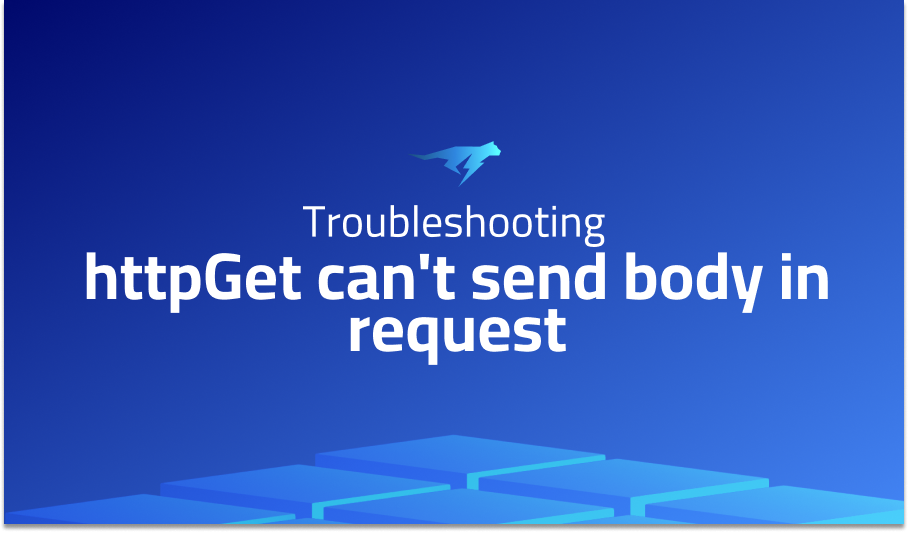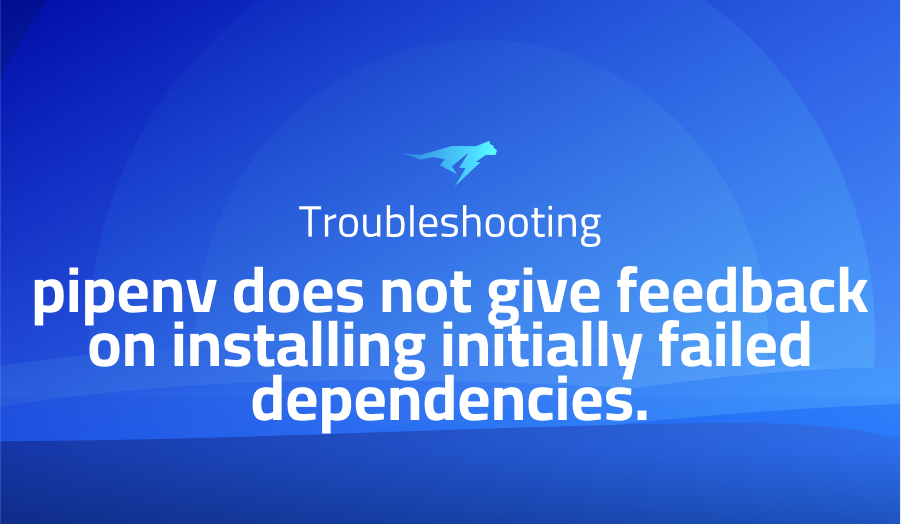

httpGet can’t send body in request
Explanation of the problem
An Android app is being developed using Fuel for Kotlin. The objective is to send a GET request to the server with a body. However, an exception is being encountered with the message: “Exception : method does not support a request body: GET”. The issue is to find a way to send a body with a GET request.
Here is the function that implements the GET request with a body:
fun getFunc (data: JSONObject, url : String): String {
lateinit var ret : String
thread {
FuelManager.instance.basePath = "https://blih.epitech.eu"
Fuel.upload(url, Method.GET)
.source { _, _ -> File.createTempFile(".temp", ".tmp") }
.body(data.toString().toByteArray())
.header("Content-Type" to "application/json")
.response { request, response, result ->
val (bytes, error) = result
if (bytes != null) {
println("[response bytes] ${String(bytes)}")
}
ret = response.toString()
println("error: $error")
}
}
Thread.sleep(1000)
return ret
}
In the development of an Android app using Fuel for Kotlin, a GET request is required to be sent to the server with a body. The current implementation is encountering an exception with the message: “Exception : method does not support a request body: GET”. The objective is to find a way to include a body in the GET request.
Troubleshooting with the Lightrun Developer Observability Platform
Getting a sense of what’s actually happening inside a live application is a frustrating experience, one that relies mostly on querying and observing whatever logs were written during development.
Lightrun is a Developer Observability Platform, allowing developers to add telemetry to live applications in real-time, on-demand, and right from the IDE.
- Instantly add logs to, set metrics in, and take snapshots of live applications
- Insights delivered straight to your IDE or CLI
- Works where you do: dev, QA, staging, CI/CD, and production
Start for free today
Problem solution for: httpGet can’t send body in request
The issue is addressed by implementing a function getFunc that sends a GET request with a body using Fuel. The function sets the base path to “https://blih.epitech.eu” and uploads the request using the upload method with the Method.GET parameter. The body of the request is set using the body method with the data.toString().toByteArray() parameter. The content type is set to “application/json” using the header method. Finally, the response is received using the response method, and the result is stored in the ret variable.
The getFunc function is called by passing the JSON object data and the URL url parameters. The function starts a new thread to send the GET request with a body using Fuel. The function waits for one second using the Thread.sleep(1000) method to ensure that the response is received. The function then returns the response as a string.
Other popular problems with fuel
One common problem encountered by developers when using Fuel is related to SSL Handshake failure. This error occurs when there is a mismatch between the certificate presented by the server and the certificate trusted by the client. The error message usually reads: “javax.net.ssl.SSLHandshakeException: Handshake failed”.
To resolve this issue, you can use the trustAllCerts() method to trust all certificates presented by the server. Here is an example:
FuelManager.instance.apply {
socketFactory = SSLSocketFactory.getDefault()
hostnameVerifier = HostnameVerifier { _, _ -> true }
trustAllCerts()
}
Problem 2:
Another common issue encountered when using Fuel is related to the ResponseException class. This exception occurs when an HTTP request is made and the server returns a non-2xx response code. The error message displayed is usually “com.github.kittinunf.fuel.core.ResponseException”.
To handle this exception, you can use the response method with a lambda function to handle the response. Here is an example:
val (_, response, result) = "https://www.example.com".httpGet().response()
when (response.statusCode) {
in 200..299 -> println("Success")
in 300..399 -> println("Redirect")
in 400..499 -> println("Client Error")
in 500..599 -> println("Server Error")
}
Problem 3:
The third common problem encountered when using Fuel is related to the timeout for HTTP requests. This error occurs when the server takes too long to respond to the request. The error message displayed is usually “java.net.SocketTimeoutException”.
To resolve this issue, you can set the timeout values using the timeout method. Here is an example:
FuelManager.instance.timeout {
readTimeout(15000)
connectTimeout(15000)
writeTimeout(15000)
}A brief introduction to fuel
Fuel is an open-source HTTP networking library developed by Kittinun Vantasin, which provides an easy-to-use and efficient way to handle HTTP requests and responses in Kotlin. Fuel is built on top of the Java-based OkHttp library and provides a simple and clean API that makes it easy for developers to send HTTP requests, handle responses, and interact with web APIs.
Fuel provides support for various HTTP methods such as GET, POST, PUT, DELETE, PATCH, HEAD, and OPTIONS. It also supports handling of different data formats such as JSON, XML, and binary data. Fuel provides asynchronous requests handling and uses coroutines to handle network requests without blocking the main thread. This makes it easy to use in Android applications without causing performance issues.
Fuel also provides a number of convenience methods and extensions to make HTTP requests more efficient and easier to use. For example, the httpGet() method can be used to easily send a GET request and handle the response. Fuel also provides support for authentication mechanisms, response caching, timeouts, and automatic retries for failed requests. With its simplicity, efficiency, and ease of use, Fuel has become a popular choice for handling HTTP requests in Kotlin-based projects.
Most popular use cases for fuel
- Fuel can be used for sending HTTP requests to web APIs. It provides support for various HTTP methods, including GET, POST, PUT, DELETE, PATCH, HEAD, and OPTIONS. Here is an example code block showing how to send a GET request with Fuel:
Fuel.get("https://api.example.com/data")
.responseString { request, response, result ->
when (result) {
is Result.Failure -> {
val ex = result.getException()
println(ex)
}
is Result.Success -> {
val data = result.get()
println(data)
}
}
}
- Fuel can be used for handling different data formats such as JSON, XML, and binary data. It provides built-in support for parsing and serializing JSON and XML data. Here is an example code block showing how to send a POST request with JSON data using Fuel:
val data = """{ "name": "John Doe", "age": 25 }"""
Fuel.post("https://api.example.com/users")
.header("Content-Type", "application/json")
.body(data)
.responseString { request, response, result ->
when (result) {
is Result.Failure -> {
val ex = result.getException()
println(ex)
}
is Result.Success -> {
val data = result.get()
println(data)
}
}
}
- Fuel can be used for handling network timeouts and retries. It provides built-in support for setting timeout values and retrying failed requests. Here is an example code block showing how to set a timeout value of 10 seconds and retry failed requests up to 3 times using Fuel:
FuelManager.instance.apply {
timeout {
readTimeout(10000)
connectTimeout(10000)
writeTimeout(10000)
}
retry {
delay(5000)
count(3)
}
}
With its easy-to-use API, support for different data formats, and built-in support for handling network timeouts and retries, Fuel can be a powerful tool for developers working with web APIs in Kotlin-based projects.
It’s Really not that Complicated.
You can actually understand what’s going on inside your live applications.




